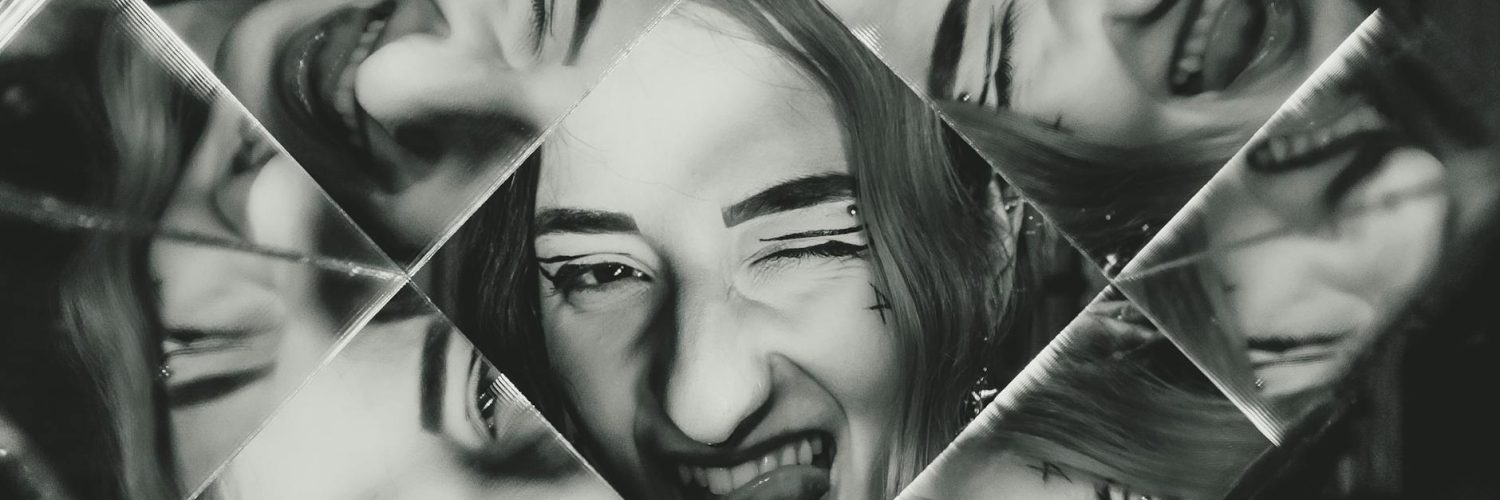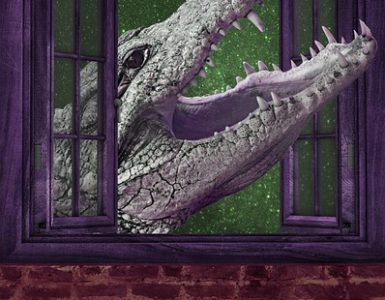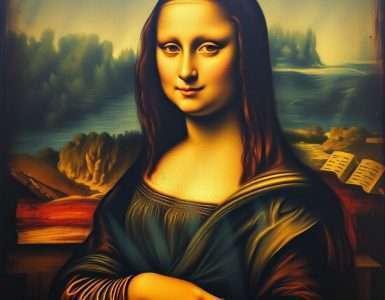Ever noticed how certain musical motifs echo across seemingly unrelated films? Or how a painting’s color palette subtly hints at the artist’s emotional state, far beyond what art history books tell us? The world of entertainment and art is brimming with fascinating details, hidden connections, and unexpected quirks that most people simply miss. Let’s dive into some of these overlooked gems.
The Secret Language of Film Scores
Think of the iconic “Jaws” theme. That two-note motif is instantly recognizable, synonymous with impending doom. But did you know that many films use similar musical techniques to evoke specific emotions? A sudden shift to a dissonant chord can signal danger, while a triumphant fanfare announces victory. Film composers are masters of unspoken communication, manipulating our emotional responses through carefully crafted melodies and harmonies. It’s not just about pretty music; it’s about a sophisticated interplay between sound and narrative. Cómo empezar a dibujar siendo principiante
Consider the use of leitmotifs, recurring musical themes associated with particular characters or situations. Wagner pioneered this in opera, but it’s become a staple of film scoring. Think of Darth Vader’s theme in *Star Wars* – instantly recognizable and instantly conveying power and menace. These aren’t just random pieces of music; they’re carefully constructed building blocks that shape our understanding of the story and its characters.
The Hidden Psychology of Color
Visual arts aren’t just about aesthetics; they’re often powerful expressions of the artist’s inner world. Color psychology plays a crucial role, even if subconsciously. The vibrant, almost garish colors of a Van Gogh painting reflect his own passionate, turbulent spirit. Conversely, the muted tones of Edward Hopper’s urban landscapes convey a sense of loneliness and isolation. Look closely at the color choices in your favorite paintings or movie scenes – they often communicate far more than just visual appeal.
Think about the use of color in specific films. The bright, saturated colors of Wes Anderson’s films create a distinct visual style, reflecting a sense of whimsical fantasy. On the other hand, the desaturated, almost bleak palette of a film like *The Godfather* conveys the grim reality of the Mafia world. These conscious choices aren’t accidents – they’re carefully orchestrated to enhance the storytelling.
Music’s Unexpected Roots
Many genres of music that we consider distinctly modern actually have surprising historical roots. For instance, blues music, the bedrock of rock ‘n’ roll, emerged from the African American experience during slavery and the Jim Crow era in the Southern United States. Its distinctive sounds and emotional intensity reflected the struggles and resilience of a people. This deeply personal and often painful background often gets overlooked in favor of focusing solely on the musical structure.
Or consider the impact of technological advancements on music. The development of synthesizers revolutionized popular music in the 1970s and 80s, resulting in new genres and sounds completely different from the prevailing paradigms. Synth-pop, New Wave, and the rise of electronic music are all direct consequences of this technical leap. Similarly, the introduction of recording technology itself changed the way music was created and consumed, forever shifting the dynamics of the industry.
The Unseen Influences on Art History
Art history often presents a simplified narrative, focusing on major figures and movements. But behind the famous names are countless lesser-known artists, patrons, and cultural shifts that shaped artistic trends. The rise of impressionism, for instance, wasn’t just about a single group of painters; it reflected broader societal changes, including the development of new paint technologies, the rise of the bourgeoisie as art collectors, and the impact of photography on artistic representation.
Consider the impact of colonialism on global art. The spread of Western artistic styles and techniques across the globe influenced countless indigenous artistic traditions, resulting in a fascinating mixing of cultures and styles. Often this is glossed over, in favor of discussing only dominant European artistic movements. Often seen as a “contamination” of original styles, there is much richness to uncover in the blending of cultural artistic approaches.
Beyond the Blockbuster: Independent Cinema’s Power
While blockbuster movies dominate the box office, independent cinema often offers a more nuanced and experimental approach to storytelling. These films often tackle difficult themes, explore unconventional narrative structures, and showcase unique visual styles — all too often overlooked because of their low marketing budgets.
Independent films often act as a testing ground for new ideas, pushing creative boundaries and challenging cinematic norms. Examples are plentiful across many decades. Often, a successful independent film will be picked up by larger studios and remade into a big budget blockbuster. However, the original seed of the idea, the unique directorial vision, is very often lost in the process of remaking the story to fit the Hollywood model.
The Power of the Undersung
Finally, let’s not forget the unsung heroes of entertainment and art: the costume designers, set decorators, sound engineers, editors, and countless others who work tirelessly behind the scenes. Their contributions are essential to the final product, yet they often remain invisible to the audience. Next time you watch a movie, take a moment to appreciate the artistry and skill that goes into every aspect of the filmmaking process— often a collaborative effort of hundreds of individual talents and expertise.
The world of entertainment and art is far richer and more complex than we often realize. By looking beyond the surface, we can discover hidden depths, surprising connections, and untold stories that enrich our appreciation for the creative process and the human experience itself.

























Añadir un comentario